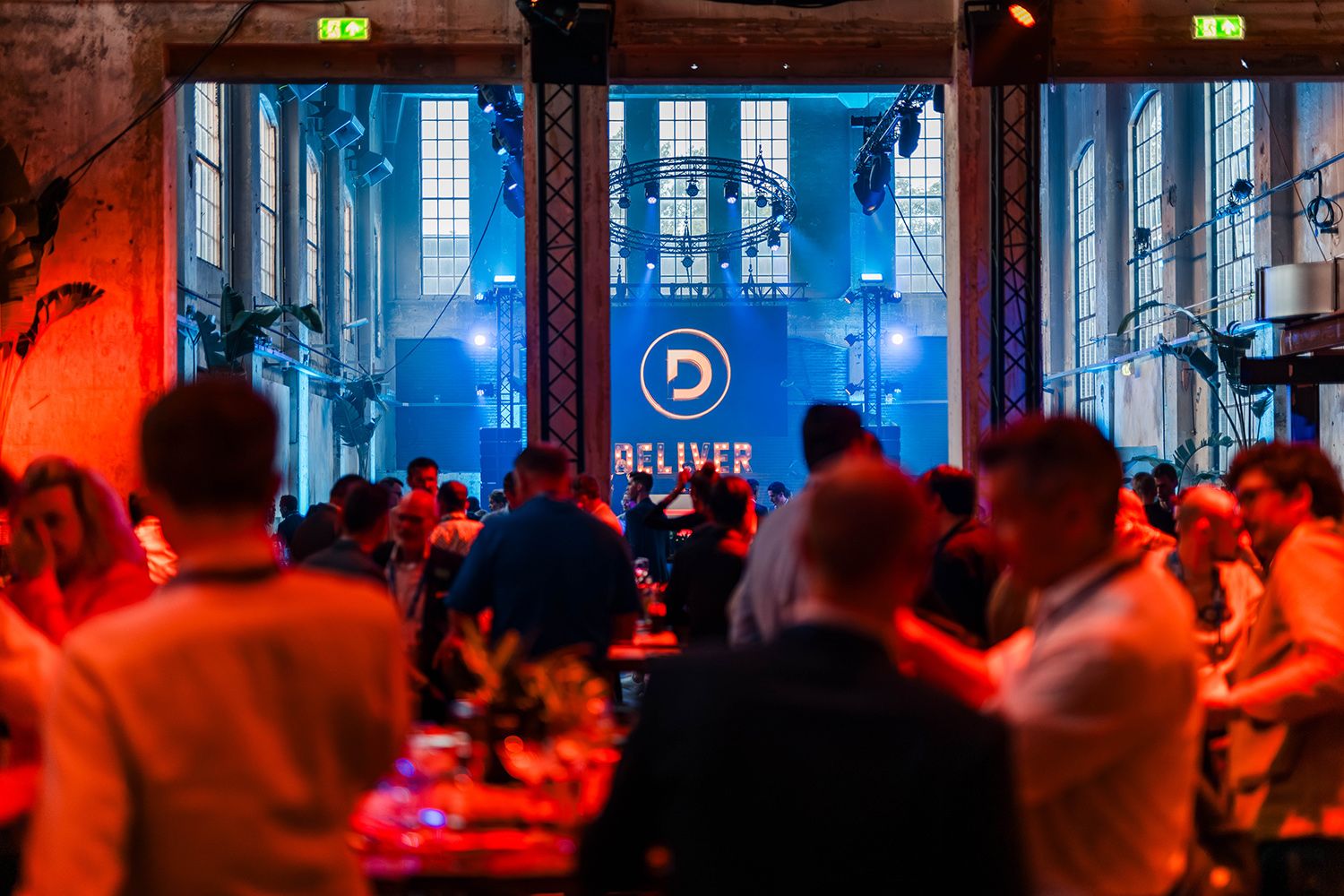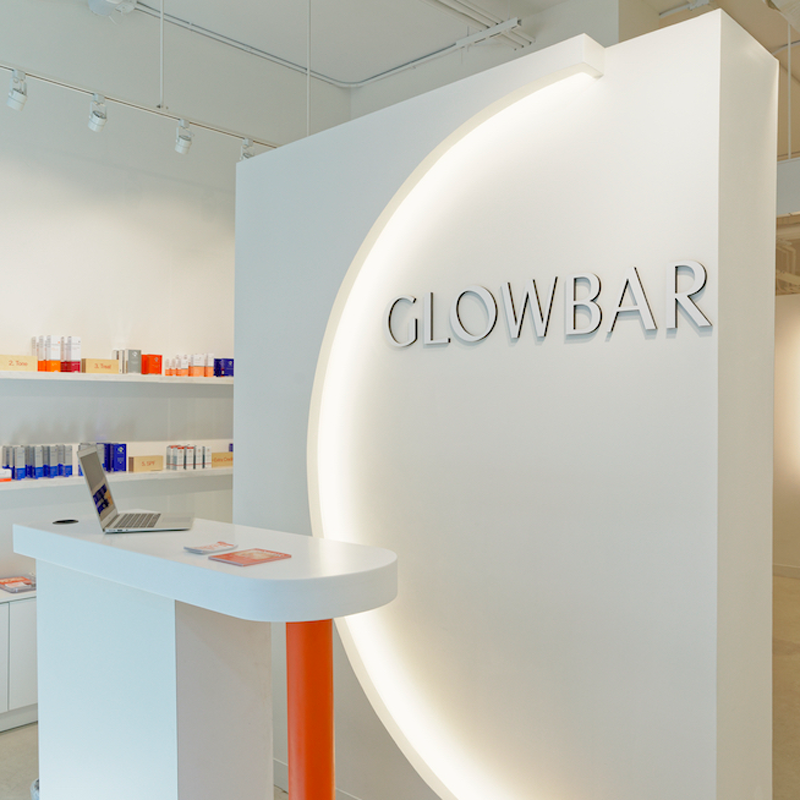
Beyond the Podium: Unpacking the “Fashion and Furniture” of Politics – Trump’s Brand Building Secrets
Politics, at its core, is about persuasion. But beyond policy debates and stump speeches lies a subtler, yet powerful, arena: the art of brand building. Donald Trump, more than perhaps any contemporary politician, masterfully leveraged this understanding, transforming his political persona into a globally recognized brand. We’re not just talking about his famous red hats; we’re delving into the strategic deployment of “fashion and furniture” – the visual cues, the narrative threads, and the carefully curated environments that cemented his identity and resonated with a specific audience.
This isn’t about endorsing political ideologies. It’s about dissecting the mechanics of political branding and understanding how a figure can become a recognizable, almost tangible entity in the public consciousness. So, let’s pull back the curtain on Trump’s brand-building secrets, examining how he used symbolic elements to construct and maintain his political identity.
H2: The Signature Style: More Than Just Threads
When we talk about “fashion” in politics, it’s easy to dismiss it as superficial. However, for Trump, it was a deliberate component of his brand.
H3: The Power of the Red Hat
The ubiquitous “Make America Great Again” (MAGA) cap wasn’t just an accessory; it was a declaration.
- Visual Identity: It provided an instant, easily identifiable symbol that supporters could adopt, projecting belonging and allegiance.
- Brand Reinforcement: Every time the cap was seen, it reinforced the core message and the associated brand.
- Emotional Connection: Wearing the hat became a form of tribal identification, fostering a sense of community and shared purpose.
Think of it like a logo for a company. It’s instantly recognizable and carries with it a set of associations. The MAGA hat achieved this in the political sphere.
H3: The Tailored Suit and the Golden Tie
Beyond the cap, Trump’s attire consistently projected an image of wealth and power.
- Opulence as Authority: The preference for expensive suits and signature golden ties communicated a message of success and financial acumen, appealing to a base that valued this image.
- Consistency and Predictability: His sartorial choices remained remarkably consistent, reinforcing a predictable and recognizable image. This predictability, in branding, breeds trust.
- Symbolic of “Winning”: The association with luxury brands subtly linked his personal success to the promises he made to his supporters – a promise of a better future.
H2: The “Furniture” of Power: Curating the Political Stage
Just as a brand uses its physical spaces to convey a message, Trump meticulously curated the environments where his political narrative unfolded. This is where the “furniture” of politics comes into play – the settings, the props, and the overall aesthetic.
H3: Trump Tower and Mar-a-Lago: Embodiments of the Brand
These iconic locations were more than just buildings; they were tangible extensions of the Trump brand.
- Branding by Association: Trump’s name, prominently displayed on these luxurious properties, reinforced his image as a successful businessman and a builder.
- Visualizing the “American Dream”: For many, these opulent settings represented an aspirational lifestyle, a tangible manifestation of the “American Dream” he promised to restore.
- Controlled Environments: These spaces allowed for controlled messaging, away from the scrutiny of traditional media settings. Think of his rallies – they were often held in visually striking, grand locations that amplified his presence.
H3: The Rally as a Spectacle: A Brand Experience
Trump’s rallies were masterclasses in brand experience, far exceeding typical political events.
- The Set Design: The stage, the lighting, the backdrops – all were designed to be visually impactful and consistent with his brand aesthetic. Bold colors and clear messaging were paramount.
- The “Audience as Product”: Enthusiastic crowds, wearing the signature red hats, were not just attendees; they were living advertisements for the brand. Their energy and visible support amplified the message.
- The Narrative Arc: Each rally followed a predictable, yet engaging, narrative structure designed to reinforce core messages and create emotional resonance. This is akin to a product launch, building anticipation and excitement.
H2: The Language of Brand Loyalty: Consistent Messaging
Beyond the visual, the language used was a critical element in building and maintaining the Trump brand.
H3: Simple, Repetitive Slogans
Phrases like “Make America Great Again,” “Build the Wall,” and “You’re Fired” became potent brand slogans.
- Memorability: Their simplicity made them easy to remember and repeat, embedding them deeply into public discourse.
- Emotional Resonance: These slogans tapped into deep-seated desires and frustrations, creating a strong emotional connection with the audience.
- Brand Uniformity: They provided a consistent message that transcended specific policy details, unifying the brand’s identity.
H3: “Us vs. Them” Narratives
The consistent framing of political discourse as a battle between “us” (the supporters) and “them” (opponents, the media, the establishment) was a powerful branding tool.
- In-Group Cohesion: This narrative fostered a strong sense of in-group identity and loyalty among supporters.
- Simplifying Complex Issues: It reduced complex political issues into easily digestible, binary conflicts, making the brand’s position clear.
- Creating a Common Enemy: A shared adversary strengthens the bond within a brand community.
H2: The Business of Politics: Lessons in Brand Building
The effectiveness of Trump’s political branding offers valuable insights, not just for politicians, but for anyone looking to build a strong, recognizable identity.
H3: Key Takeaways for Your Brand (and Beyond)
- Authenticity (or Perceived Authenticity): While the brand is curated, there’s a perceived authenticity that resonates. Supporters believe they are seeing the “real” Trump.
- Visual Consistency is Key: From logos to attire, a consistent visual identity reinforces brand recognition.
- Know Your Audience: Understanding the desires and frustrations of your target audience allows for tailored messaging that creates a strong connection.
- Tell a Compelling Story: A clear narrative, with relatable themes and emotional anchors, is far more powerful than a list of facts.
- Embrace Symbolism: Powerful symbols can convey complex ideas and emotions instantly, becoming the shorthand for your brand.
Conclusion: The Enduring Power of Political Branding
Donald Trump’s political career has undeniably demonstrated the potent impact of strategic brand building. By meticulously crafting his “fashion and furniture” – from the iconic red cap to the opulent settings of his rallies and the simple, evocative language – he built a political brand that transcended traditional party lines. Understanding these tactics provides a crucial lens through which to view modern political communication, reminding us that in the arena of public opinion, how a message is packaged is often as important as the message itself. It’s a testament to the fact that in politics, as in business, a strong brand is a powerful asset.

Additional Information
The Gilded Stage: Trump’s Brand Building Secrets Through “Fashion and Furniture” in Politics
Donald Trump’s political ascent and enduring influence are inextricably linked to his mastery of brand building, a phenomenon he expertly crafts through a deliberate and often theatrical use of what can be termed “fashion and furniture” in the political arena. This isn’t about designer suits or antique desks in the traditional sense, but rather about the strategic deployment of visual cues, tangible symbols, and an overarching aesthetic that resonates with his base and defines his political persona. His brand is less about policy nuances and more about an immersive, aspirational, and unapologetically opulent experience.
The “Furniture” of Power: Tangible Symbols of Success and Status
Trump’s brand is built on a foundation of perceived wealth, success, and tangible achievements. The “furniture” he utilizes in his political messaging and public appearances serves to reinforce this image.
- Gilded Real Estate: Trump’s properties, from Mar-a-Lago to his golf courses, are not just personal assets; they are potent symbols of his wealth and the lifestyle he projects. As highlighted in the Castanet.net article about his Scotland trip, using presidential overseas travel to showcase Trump-brand golf courses blurs the lines between political duty and business promotion. This directly leverages his real estate portfolio as a testament to his business acumen and aspirational appeal. The inherent opulence and grandeur of these locations become backdrops for his political pronouncements, associating his brand with exclusivity and luxury.
- Gold and Opulence: Throughout his career, Trump has consistently associated himself with gold and lavish décor. This aesthetic choice is not accidental; it taps into a deep-seated cultural understanding of gold as a symbol of wealth, power, and prestige. Whether it’s the golden accents in his buildings or his frequent use of gold in his personal branding, this visual language communicates a message of prosperity and dominance.
- The Presidential Persona as a Prop: While not literal furniture, the entire apparatus of the presidency, when wielded by Trump, became a form of “furniture” to enhance his brand. The presidential seal, the Air Force One, the formal White House setting – all these elements were strategically integrated into his brand narrative, imbuing his personal brand with the gravitas and authority of the office.
The “Fashion” of Identity: Crafting a Recognizable and Resonant Image
Beyond the tangible, Trump’s political brand is also about a carefully curated image – his “fashion.” This refers to the consistent visual and verbal cues that define him and create a memorable, if often controversial, persona.
- The Signature Look: The iconic red “Make America Great Again” hat is perhaps the most potent example of his “fashion” strategy. It’s a simple, yet incredibly effective, visual identifier that instantly communicates his core political message. The widespread adoption of this hat by his supporters created a powerful sense of belonging and shared identity, turning a piece of clothing into a political symbol.
- Direct and Unfiltered Communication: Trump’s communication style, often described as blunt and unfiltered, can be seen as a form of “fashion” in political discourse. While critics might dismiss it as crude, for his supporters, it represents authenticity and a rejection of what they perceive as the overly polished and disingenuous language of traditional politicians. This “fashion” of speech creates a stark contrast with his perceived “establishment” opponents.
- Celebrity as a Political Tool: As Robert van Krieken’s analysis of celebrity suggests, famous figures gain attention and influence through mirroring and mimicry. Trump, a lifelong celebrity, seamlessly transitioned this into politics. His “fashion” of celebrity means he understands how to command attention, create spectacle, and engage with a public that is often drawn to larger-than-life personalities. This celebrity endorsement of his brand makes his political message more palatable and engaging for many.
- The “Real Story” vs. the Performance: The mention in one of the search results of “corporate-entertainment brand-building that’s cynical enough to leave you speechless” perfectly encapsulates how Trump’s political strategy operates. It’s a performance, a meticulously crafted narrative where the “real story” – policy, governance, etc. – is secondary to the ongoing construction of his brand. This constant performance, like a fashion show, keeps the audience engaged and anticipating the next reveal.
Blurring Lines: Politics, Business, and the Trump Brand
The inherent genius, and indeed the controversy, of Trump’s approach lies in his ability to seamlessly blend his personal brand with his political aspirations. As the Scotland trip example demonstrates, political actions are often framed through the lens of his business interests, and vice-versa. This constant reinforcement ensures that the “Trump brand” – associated with success, power, and a specific lifestyle – is always front and center.
This strategic use of “fashion and furniture” allows Trump to create a highly recognizable and emotionally resonant political brand that transcends traditional policy debates. It’s a testament to his understanding of how visual cues, tangible symbols, and a consistent persona can be leveraged to build a loyal following and exert significant political influence. The enduring strength of his brand, even after leaving office, underscores the effectiveness of this approach in the modern political landscape.






Leave a Reply